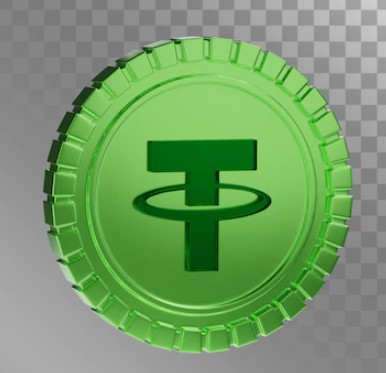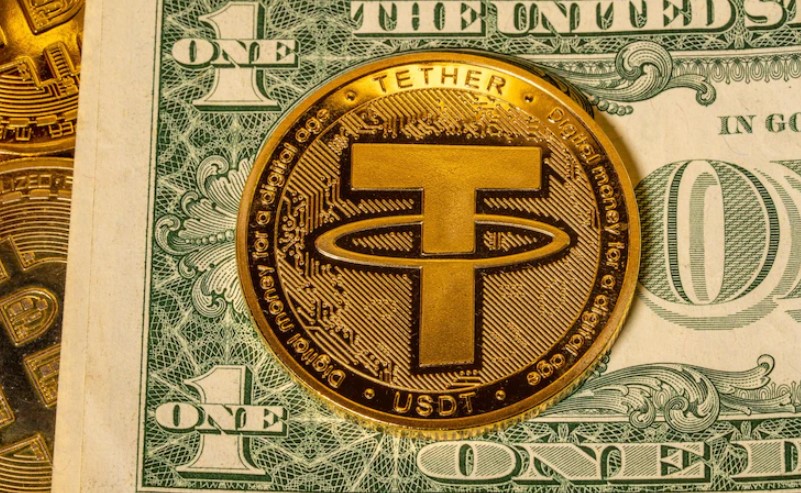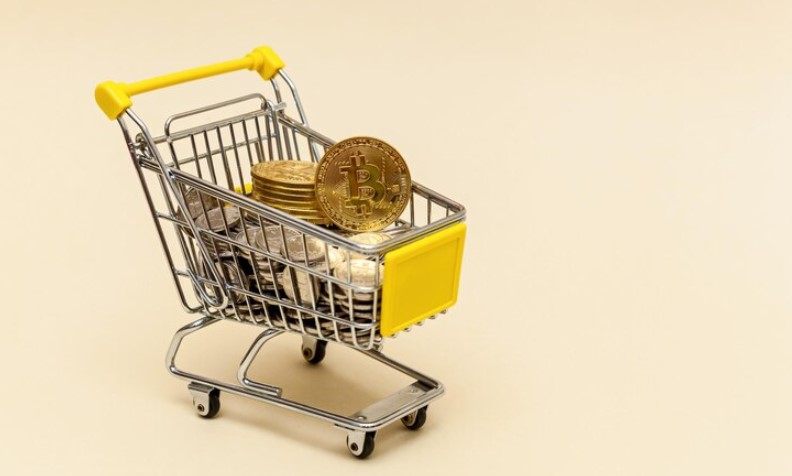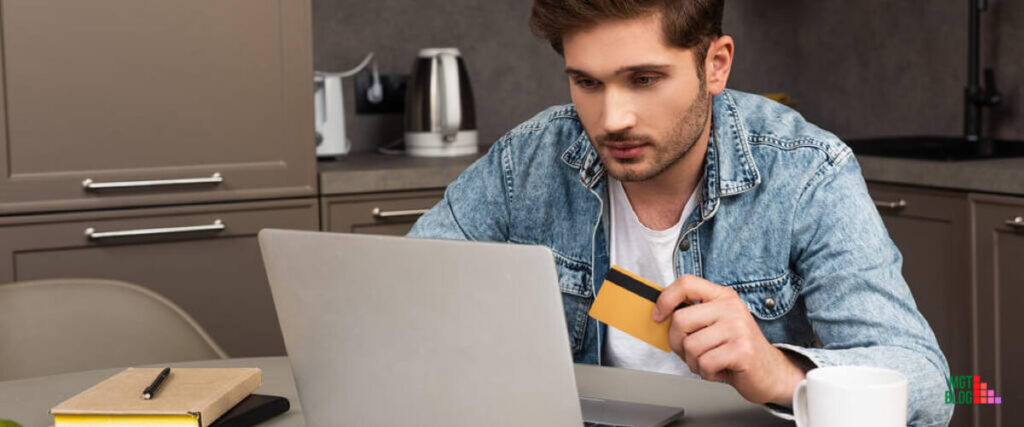Stablecoin Tether is also known as USDT and currently, it is the third biggest cryptocurrency by market capitalization. Moreover, it is also the biggest Stablecoin in the crypto world. Stablecoin like USDT plays a very important role in the cryptocurrency industry but that doesn’t necessarily make it a safe investment. Today I will review USDT and help you find out whether it is safe to store money on USDT. Let’s explore!
What is Tether (USDT)?

Tether is a cryptocurrency that is hosted on the Ethereum and Bitcoin blockchains. The Tether tokens are issued by the Hong Kong Company Tether Limited, which is controlled by the owners of Bitfinex. USDT is called as a Stablecoin because it was originally designed to always be worth US$1.00, maintaining $1.00 in reserves for each tether issued. This is basically a blockchain-based cryptocurrency and is backed by the U.S. dollar. So, it means dollars are in reserves at financial institutions as collateral. Therefore, Tether has a 1:1 relationship with USD. So, the price of the Tether is expected to remain stable unlike popular cryptocurrency counterparts Bitcoin and Ethereum. Therefore, USDT act as a bridge between crypto-assets and their cash equivalents.
Understanding Stablecoin
Before finding out the legitimacy and safety of USDT to store money it is very important to understand Stablecoin and how it works. The main target of Stablecoin is to avoid volatility and allow cryptocurrency to be a store of value rather than a risky investment. Moreover, Stablecoin provides liquidity in a volatile cryptocurrency market where it is very difficult to convert back and forth between cash and a cryptocurrency like Bitcoin. Some of the popular Stablecoins are the USD-backed cryptocurrencies like Tether, Gemini Dollar, and USD Coin. However, there are some Stablecoins that are backed by fiat currencies, like the euro or yen. Other Stablecoins are backed by commodities like gold and silver. The problem with Stablecoin is the transparency from the companies that own Stablecoin. Some companies are less transparent than others about how much of their Stablecoin is actually backed by fiat currency and commodities. So, before investing in Stablecoin you have to check this information.
History of Tether and Controversy

Tether started the journey in 2014 and the first coin was released in 2015 on the Bitcoin network. Tether is one of the oldest cryptocurrencies and one of the first successful Stablecoins. This Stablecoin rose to success very quickly and so does the skepticism and controversy. Since its establishment, Tether has had to get past a few controversies to maintain its position at the top:
- Initially, Tether was listed on the Bitfinex exchange and had success but both Tether and Bitfinex had the same management; both companies had the same CEO and CFO as well as identical executive structures.
- According to many crypto experts, Tether was being artificially pumped into the cryptocurrency market to create liquidity and it worked as a driving force behind Bitcoin’s bull run up to $20,000.
- In 2017, about $31 million of Tether was stolen and it forced Tether to create a hard fork.
- There was USD-backing controversy where Tether parted ways with the auditors and the dollar reserve audit didn’t happen.
- In 2019, the parent company of Tether was accused to hide an $850 million loss by dipping into the Tether currency reserves. As a result, Tether had to pay $85 million and cease trading operations with New Yorkers.
- A class action was filed against Tether in June 2020 Tether by manipulating the markets by issuing USDT to itself without dollar backing. Then Tether sold those USDT to the Bitfinex exchange, which is Tether’s sister company.
- There was a reserve controversy reported on Oct. 7, 2021, by Bloomberg that said company executives had invested reserve funds which were billions of dollars worth of short-term loans to large Chinese companies. Though, Tether called the report “a tired attempt” to undermine the company!
3 Reasons to Be Cautious About Tether
Tether is mostly used for cryptocurrency trading, transferring money, and earning interest. But Tether lacks regulation and transparency therefore, you should be cautious about Tether. Below are three key reasons –
Tether is only Backed by 2.9% in Cash Reserves
You should understand that holding USDT is not the same as holding U.S. dollars. Though the price of USDT might be pegged to the dollar but if there was a run on Tether then lots of people tried to swap their Tether for dollars. This is because there is no guarantee that the company would have enough cash to payout. Though, Tether claims that every USDT was backed by a U.S. dollar in its reserves. But the reality is not the same; it’s very complicated. The reality is Tether is backed by a mix of –
- Cash
- Cash equivalents
- Secured loans
- Corporate bonds
- Other investments
Recently Tether published its reserves in a pie chart. That showed Tether had 75.9% in “cash and cash equivalents.” On the other hand, 65.4% is in commercial paper and 3.9% is in cash. So, it means only 2.9% of its total reserves are backed by cash.
The trouble with the New York Attorney General’s Office
Tether had some problems with the New York Attorney General’s Office. New York authorities have placed some of the strictest crypto regulations in the country and they closely monitor crypto crimes. After a 22-month investigation, the New York Attorney General reached a settlement with iFinex, and cryptocurrency exchange Bitfinex. Here, the New York Attorney General accused the companies of unlawfully hiding losses. Attorney General Letitia James said,
“Tether’s claims that its virtual currency was fully backed by U.S. dollars at all times was a lie.“
Therefore, iFinex, the parent company of Tether pays an $18.5 million fine and is no longer allowed to operate in New York.
Tether could Shake the Whole Crypto Industry

The Federal Reserve is very concerned about Stablecoins and it mostly indicates the Tether. The president of the Federal Reserve Bank of Boston listed Tether as a potential challenge to financial stability. He told that –
“The reason I talked about Tether and Stablecoins is if you look at their portfolio, it basically looks like a portfolio of a prime money market fund but may be riskier.”
The worst part is, that Tether operates in a similar way to a bank or other financial institution; but it doesn’t have any of the regulations that banks follow to protect consumers and prevent economic crises. That’s why The Federal Reserve is very concerned about Tether.
Is Tether (USDT) Safe and Secure?
If you consider the technology that Tether has used then Tether is a completely secure cryptocurrency. Tether is a centralized token developed on the decentralized Ethereum blockchain and it is backed by 1 US dollar stored on Tether Ltd.’s balance sheet. If you keep USDT then nobody won’t able to take USDT from your Ethereum Wallet. However, it is possible that Tether might go bankrupt or they otherwise lose the dollars deposited with them. Moreover, it is also another possibility that the dollar might lose value when you are holding USDT. So this way you might lose your purchasing power very quickly.
Final Thoughts
Despite the controversies and other issues in the past, Tether has been doing exceptionally well as a cryptocurrency. Moreover, it is the first Stablecoin therefore it has a high demand. Moreover, Tether is used for trading, loans, and earning interest. But most crypto experts still consider Tether as one of the riskier cryptocurrencies due mainly to its issues with transparency. So, if you are willing to take some risk then you can invest in Tether (USDT).
References:
https://www.forbes.com/advisor/investing/cryptocurrency/what-is-tether-usdt/#:~:text=One%20good%20reason%20to%20own,not%20legitimate%2C%E2%80%9D%20Bumbera%20says.
https://www.fool.com/the-ascent/cryptocurrency/articles/3-reasons-to-be-cautious-about-tether/
Last Updated on August 6, 2022 by Ana S. Sutterfield

Magalie D. is a Diploma holder in Public Administration & Management from McGill University of Canada. She shares management tips here in MGTBlog when she has nothing to do and gets some free time after working in a multinational company at Toronto.





